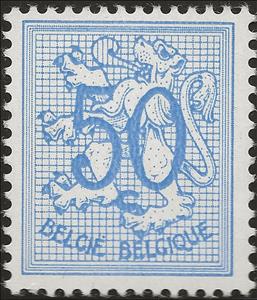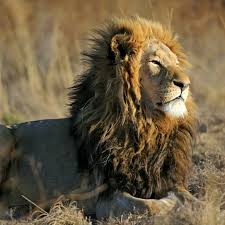Stamp: Number on Heraldic Lion (Belgium 1957)
Number on Heraldic Lion (Belgium 1957)
01 October (Belgium ) within release Number on Heraldic Lion goes into circulation Stamp Number on Heraldic Lion face value 50 Belgian centime
| Stamp Number on Heraldic Lion in catalogues | |
|---|---|
| Belgium: | Bel: BE 1027A.PB |
Stamp is vertical format.
Large format: Design measures 20.5 x 24mm. Belgian catalogue describes color as 'light blue'. White paper with shiny Arabic gum.Also in the issue Number on Heraldic Lion:
- Stamp - Precanceled Number on Heraldic Lion face value 30;
- Stamp - Number on Heraldic Lion face value 50;
- Stamp - Number on Heraldic Lion face value 50;
Stamp Number on Heraldic Lion it reflects the thematic directions:
A coat of arms is an heraldic visual design on an escutcheon (i.e. shield), surcoat, or tabard. The coat of arms on an escutcheon forms the central element of the full heraldic achievement which in its whole consists of shield, supporters, crest, and motto. A coat of arms is traditionally unique to an individual person, family (except in the United Kingdom), state, organisation or corporation.
Лев (Panthera leo) — крупный представитель семейства кошачьих рода Panthera, обитающий в странах Африки к югу от Сахары и Индии. У него мускулистое тело с широкой грудью, короткая округлая голова, круглые уши и тёмный пучок волос на кончике хвоста. У него ярко выражен половой диморфизм: взрослые самцы крупнее самок и имеют густую гриву. Это социальный вид, образующий группы, называемые прайдами. Львиный прайд состоит из нескольких взрослых самцов, родственных самок и детёнышей. Группы львиц обычно охотятся вместе, охотясь в основном на средних и крупных копытных. Лев — высший и ключевой хищник.
A number is a mathematical object used to count, measure, and label. The most basic examples are the natural numbers 1, 2, 3, 4, and so forth. Numbers can be represented in language with number words. More universally, individual numbers can be represented by symbols, called numerals; for example, "5" is a numeral that represents the number five. As only a relatively small number of symbols can be memorized, basic numerals are commonly organized in a numeral system, which is an organized way to represent any number. The most common numeral system is the Hindu–Arabic numeral system, which allows for the representation of any non-negative integer using a combination of ten fundamental numeric symbols, called digits. In addition to their use in counting and measuring, numerals are often used for labels (as with telephone numbers), for ordering (as with serial numbers), and for codes (as with ISBNs). In common usage, a numeral is not clearly distinguished from the number that it represents.




